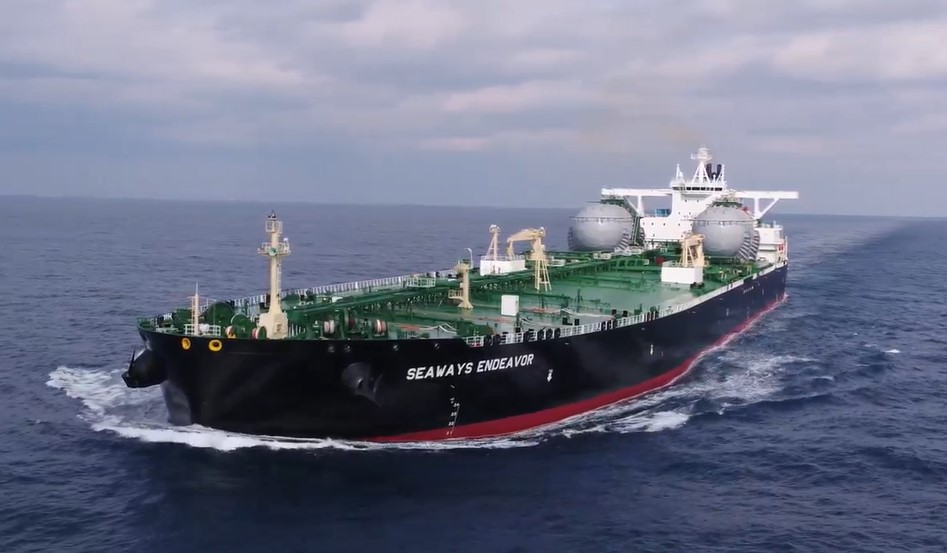VLCC freight rates for the Middle East to China route have surged by 39% since Friday, climbing to $37,800/day on the TD3C route.
This reflects a market scrambling to adapt to U.S. sanctions targeting 35% of shadow fleet vessels involved in Russian, Venezuelan, and Iranian oil shipments. 🚢
Chinese and Indian refiners are urgently seeking alternative supplies, with Unipec chartering eight VLCCs and purchasing crudes from Norway, Africa, and Brazil.
Middle East benchmarks like Oman crude have surged to year-high premiums of $4/barrel. Aframax freight for Russian ESPO blend crude doubled to $3.5M, with additional tightness caused by stranded tankers outside Shandong Port.
💡 Sanctions, Tight Fleet Supply & Shadow Fleet Dynamics
Sanctioned vessels are being pulled into the shadow fleet, further tightening supply in the non-sanctioned market. The Middle East to China route saw rates climb 77% in a week and 115% month-on-month, as buyers rushed to secure unsanctioned vessels.
💼 China’s Energy Security Push
While small refiners struggle to adapt, mega refiners like Cnooc and Rongsheng are stepping in, securing crudes from diverse regions to stabilize domestic fuel supply. This shift may consolidate market share among state-owned giants, ensuring Beijing's energy security goals are met.
🚨 What’s Next?
With all indicators pointing to a heated market in 2025, factors like Atlantic crude flows and potential OPEC+ adjustments could further boost freight rates. As the VLCC market tightens, how will global trade respond?
💬 Let’s connect!
What’s your take on the evolving tanker market and the ripple effects of these sanctions? Share your thoughts in the comments, and don’t forget to like and share this post ! 🚢
$FRO (-1,8 %)
$NAT (+0,8 %)
$TRMD A (+1,27 %)
$STNG (-2,4 %)
$OET (-0,47 %)
$HAFNI (-0,41 %)
$DHT (-0,38 %)
$TNK (+0 %)
$ASC (-0,62 %)
$INSW (-1,32 %)


